ai
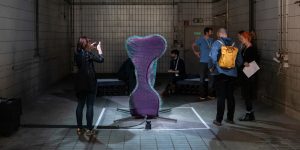
Doing Nothing with AI
Emanuel Gollob (AT)
In order to promote a doing nothing state in 2019, Emanuel Gollob and his team created a neuroreactive robotic installation, using live EEG-measurements and a real-time adapting choreography. Over time a generative algorithm increasingly learns to move the installation in a way that best supports the viewer’s mind-wandering process.

Dialogue IV: AI and Music Research
SAT 7.9. | 16:30 – 17:00

Dialogue III: Anatomies of AI
Vuk Ćosić (SI) & Vladan Joler (RS)
SAT 7.9. | 16:00 – 16:30

Dialogue II: AI & Bio Art
Maja Smrekar (SI) & Aza Raskin (US)
SAT 7.9. | 15:30 – 16:00

Dialogue I: Komposition, Interpretation, Reproduction - 3 shades of creativity
Markus Poschner (DE) & Ali Nikrang (AT)
SAT 7.9. | 15:00 – 15:30
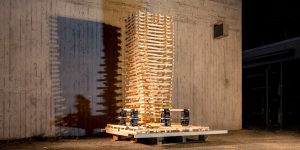
Distributed Robotic Assembly for Timber Structures
Samuel Leder (US), Ramon Weber (CH)
Dieses multidisziplinäre Forschungsprojekt beschäftigt sich mit autonomen maschinellen Kollektiven, die bauliche Strukturen erstellen.
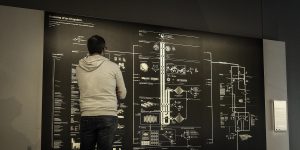
Anatomy of an AI System
Vladan Joler (RS), Kate Crawford (AU)
Anatomy of an AI uses the example of Amazon Echo to show the countless components and factors behind the production of artificial intelligence systems. But this process is so complex that its full extent can hardly be comprehended.
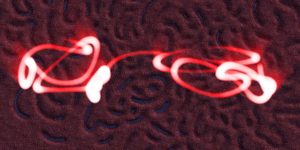
nimiia cétiï
Jenna Sutela (FI)
The project uses an AI as a medium to channel messages from Bacillus subtilis nattō, an extremophilic, probiotic bacterium and a possible Martian.
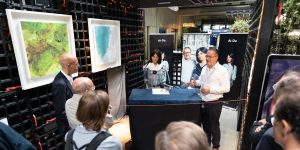
Ai-Da Robot Artist
Oxfordians (UK, INT), Aidan Meller (UK), Lucy Seal (UK)
Ai-Da ist der weltweit erste ultrarealistische KI-Künstlerroboter. Sie kann zeichnen und ist Performance-Künstlerin. Als Maschine mit KI-Fähigkeiten ist ihre Künstlerpersönlichkeit selbst das Kunstwerk, ebenso wie ihre Zeichnungen, Performancekunst und kollaborativen Gemälde und Skulpturen. Sie ermutigt uns, über ethische Fragen bei der Entwicklung neuer Technologien nachzudenken.

Anatomy of an AI System
Kate Crawford (AU), Vladan Joler (RS)
Anatomy of an AI System is a large-scale map and long-form essay investigating the human labor, data, and planetary resources required to build and operate an Amazon Echo. The exploded view diagram combines and visualizes three central, extractive processes that are required to run a large-scale artificial intelligence system: material resources, human labor, and data. The map and essay consider these three elements across time—represented as a visual description of the birth, life, and death of a single Amazon Echo unit.


